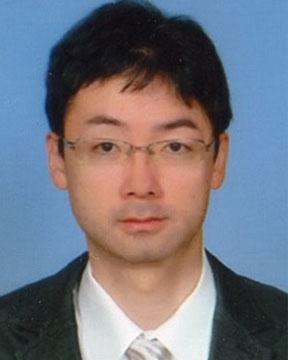Abstract:
The fluorine atom, the second smallest after the hydrogen atom, is characterized by its large electronegativity and small polarizability [1]. Thus, it has little effect on the crystal structure, even though it causes a large electron bias in materials. Because of these unique properties, the fluorine atom is called as ‘magic element’. Fluorine has brought tremendous benefits to our lives through heat-resistant plastics, pharmaceuticals, and pesticides.
The oxidation reaction of fluoride ions with a high redox potential is also promising as fluoride-ion batteries. If a solid electrolyte with a sufficient high fluoride-ion conductivity is applied to all-solid-state FIBs, operation at room temperature would become possible. PbSnF4 with a layered structure exhibits a superionic conductivity (> 10-3 Scm-1) at room temperature [2]. Besides it contains harmful lead in the crystal, however, it has a poor reduction resistance and there have been few reports of its incorporation into batteries. Recently, single crystals of fluorinated hexagonal BN were reported to exhibit a high in-plane fluoride-ion conductivity of 0.2 Scm-1 at room temperature [3]. These reports propose that two-dimensional fluoride-ions diffusion is effective to enhance fluoride-ion conduction. In this lecture, we survey the core design principles that guide a high fluoride-ion conductivity. We conclude with a forward-looking discussion of the exciting link between fluoride-ions diffusion and layered structures in fluoride materials.
|

